| ENGLISH → |
 The another one, B-tele The another one, B-tele   |
 B-teleってなんですか? B-teleってなんですか? |
| 僕いしきだ(←YouTube動画ではtelehiroです)のスキー操作を、メソッドとして体系化したものです。 |
 Bってなに? Bってなに? |
| Aに対してのBです。単なる区別のための記号・呼び方です。 |
 ではそのAとは? ではそのAとは? |
| 今のところで僕以外がAです。つまりは一般のテレマークをうちではAテレと呼んでます。 |
 ではAとBの違いを端的に言うと? ではAとBの違いを端的に言うと? |
| テレマークポジション(またはテレマークスタンス)に由来するかどうかでしょうね。Aではおそらくテレマークポジションを練習するのだと思います。そこでの当面の目標はテレマークポジションの安定かと。そして次にはそれをターンの中で表現したテレマークターンへと進みます。。一方で、Bのメソッドにはテレマークポジションそのものがありません。言葉が無いのでカリキュラムもありません。動画を見るとテレマークターンをしているように思われるかもしれませんが、あれはヒールフリーで交互にブレーキを掛けてることの単なる結果です。あとはアイコンで比べてみるのも分かり良いかもしれません。下に図を置きました。Aのアイコンはテレマークですよね。Bのアイコンがこれです。 |
 Bのアイコンでテレマークって言われても・・ Bのアイコンでテレマークって言われても・・ |
| ですよね。だからBに分けたんです。ちなみに整理としては、AはAフォルダに、BはBフォルダに、とそんな風にイメージしていただければ良いと思います。ちなみにAフォルダの内容とBフォルダの内容は決して重なりません。混じりません。。んー |
 同じテレマークなのに?? 同じテレマークなのに?? |
| 道具が同じなのに・・なんですよ。それなのにアルペンスキーとテレマークのAフォルダは相性が良く、重なるんですよね。。そしてアルペンスキーとBフォルダがこれまた案の定〜決定的に重ならない!ハハハ |
 そうなんですか? そうなんですか? |
| そうなんですよ。 |
 B、大丈夫ですか? B、大丈夫ですか? |
| どうでしょね?でも動画は現実ですからね。動画で滑ってる本人がこうやって滑ってますよ「ほらね?」以上にダイレクトなことって無いと思うんですよね。しかもそれがメソッドとして体系づけられている。 |
 Bのゴールはなんですか? Bのゴールはなんですか? |
| ズバリ、動画の僕になる(←滑りですよ)です。僕の滑り(滑り方/道具/環境を含む)を完コピ出来ますので、そこから各人各様にアレンジして行ったら良いと思います。向かう手順/使う言葉/Aとの違い、を理解するために座講があるわけです。 |
 Bのゴールは分かりました。ならばAのゴールってなんなんですか? Bのゴールは分かりました。ならばAのゴールってなんなんですか? |
| 一番シンプルに答えるとするならば、『ヒールフリーの道具でテレマークターンをする』だと思います。最初の頃に『演じてたテレマークターン』が、回を重ね、『自然に動けるようになったテレマークターン』に到達したらばそこがゴールだと思います。あとはヒールフリーの中で道具を変えてみたり、環境を変えてみたりの中で、同じようにテレマークターンが出来ればOK。これがA。つまりはテレマークターンをすることが目的であり、ゴールでもあるというわけです。あくまで僕の考えね。 |
 ちなみにそのAを教えてもらえることは可能なんですか? ちなみにそのAを教えてもらえることは可能なんですか? |
| 大の得意!イントラ歴四半世紀のうちの15年くらいはAのなかに居ましたからね・・。どうでもいいことですが、各スクールのイントラの真似、凄く上手ですよ(笑)。プライベートレッスン枠で是非どうぞ。 |
 BCクロカンとかXPLORE、フニャ靴でもB-teleは出来ますか? BCクロカンとかXPLORE、フニャ靴でもB-teleは出来ますか? |
| できます。というかそのためのB。さてこのての道具、たしかにヒールフリーではあるのですが、ダウンヒルにおいてそこを利点として活用するには弱過ぎます。活用するならばローカットブーツである点です。ローカットは足首が動きます。足首が動けば『チュッ♪』をかけられます。チュッ♪を操作出来たらばこれがアナザーワールド、万能です!その辺の説明はイラスト、動画、講習にてどうぞ。 |
 NTNなんですが受講できますか? NTNなんですが受講できますか? |
| 座学だから関係ないですよ!冗談はさておき、NTNをBで滑るのは難しいと思います。理由の1はまずは踵が上がりにくいこと。ゆえにBのアイコンの姿がとりづらい。そしてブーツがハイカットであることより足首を動かしにくい。つまりは「CHU♪」を使いづらい。ゆえにウォークモードでダウンヒルすることが僕の場合では多いのですが・・道具として良い使い方ではないな、とは感じています。NTNにはNTNの良さを引き出す滑り方と環境があると思います。ゲレンデでレッスンいたします。プライベートレッスン枠にてお申込みください。 |
 B-teleはカービングターンについてはどうですか? B-teleはカービングターンについてはどうですか? |
| 重ねた3枚の上1枚分だけを切ってシュプールとする、そんな操作が可能です。アルペンとA-teleだと3枚全部を切っちゃうんですよね。 |
 急斜面についてはどうですか? 急斜面についてはどうですか? |
| 急斜面になって顕著に必要とされる要素がブレーキ操作です。そのブレーキはどこでかけるのか?それは山側の足のスキーの、外側のエッジでしっかりかけます。そこのグリップを如何様にもコントロールする。それがブレーキ操作です。一般的にA-teleの人はテレマークポジションをとりますので、山足をコントロールすることができません。山足の作用点はつま先、且つ急斜面では谷スキーと山スキーは並行にならず。というわけでアウト。ゆえ、テレマークはメローな斜面がお似合いだ〜という言説に。原因はテレマークだから、ではなくてA-teleだからなんですね。そもターンすることが目的であれば、ターンしやすいところだけでターンしてて満足〜は理(ことわり)かと。これはアルペンスキーでカービングターンを楽しんでいる人にも言えますよね。僕はスキーは急斜面が滑れてなんぼだと考えています。のところでアルペンよりもヒールフリーの方が操作性いいよ〜、しかもソフトタッチも可〜、しかもターンじゃなくてスピンで回れるよーというのがB-teleです。AとBは馴染まない、フォルダ分けする理由がここにあります。 |
 スクールは座学/座講ということですが?? スクールは座学/座講ということですが?? |
| 最初は座講です。2コマ/4時間@2025シーズンより(2024までは3コマ/4.5時間だった)。年々効率化し、短縮の努力をしています。ホワイトボードを使いながらの「会話」を中心としたもので、メモ、録音、撮影は禁止です。 |
 座講2コマの内訳は? 座講2コマの内訳は? |
| 1コマが概論の説明。もう1コマが「チュッ♪」の修得です。本当は1コマあたり3-4時間は掛けたいところではありますが、フィードバックをWEBでできるようにするなどの工夫でなんとか2時間内にと。受講の順番はやはり概論からで。そして先にも述べましたが、AフォルダとBフォルダには重なるところがありません。ゆえ、30年選手であろうと1年生であろうとBにおいては同様にゼロからのスタートです。どうせゼロからではありますので、既に上手な方、もしくはインストラクターの方の受講もおススメしております。フォルダが別、ということは貴方の滑りには一切手を付けないということです。安心して是非どうぞ。 |
 外の部1コマは? 外の部1コマは? |
| 2025シーズンから外の部を作ります!旧来の座講3コマを、講習内容のWEBアップなどにより2コマに圧縮ができました。空けた1コマを外の部にとの構想。雪上平地にて、スキーをつけての基礎運動二つを紹介する予定です。リフトに乗っての講習はプライベートレッスン枠にてお申込みください。追い撮りでの動画撮影も可。時間内でしたらYouTubeへのUPまでも。 |
 費用はお幾らですか? 費用はお幾らですか? |
| B-teleの基本講座は1コマ/2時間にて座講が2コマ・外が1コマ。費用は10000円/1コマ/1人 16000円/1コマ/2人で承っております。基本講座にリフト券は要りません。座講の部分は雪の無い季節でも受講可能。土日に限らず平日もウェルカムなり。予約状況はまほろば倶楽部ホームページTOPのGoogleカレンダーをご参考に。宿泊は通年営業にて13000円/1泊2食(税込)。ランチは1200円-1500円。リフト券は割引提供可。夜の部のスキー談義は絶賛無料。お酒は持ち込みは可。冷えたBEERは500円。冷えた白ワイン2000円は飲む人で割り勘。お申込み/お問い合わせはメールにて。 |
 最後に一言! 最後に一言! |
| 安いなぁ〜〜〜。 |
| 追加資料/読み物こちら → |
| 参考資料 |
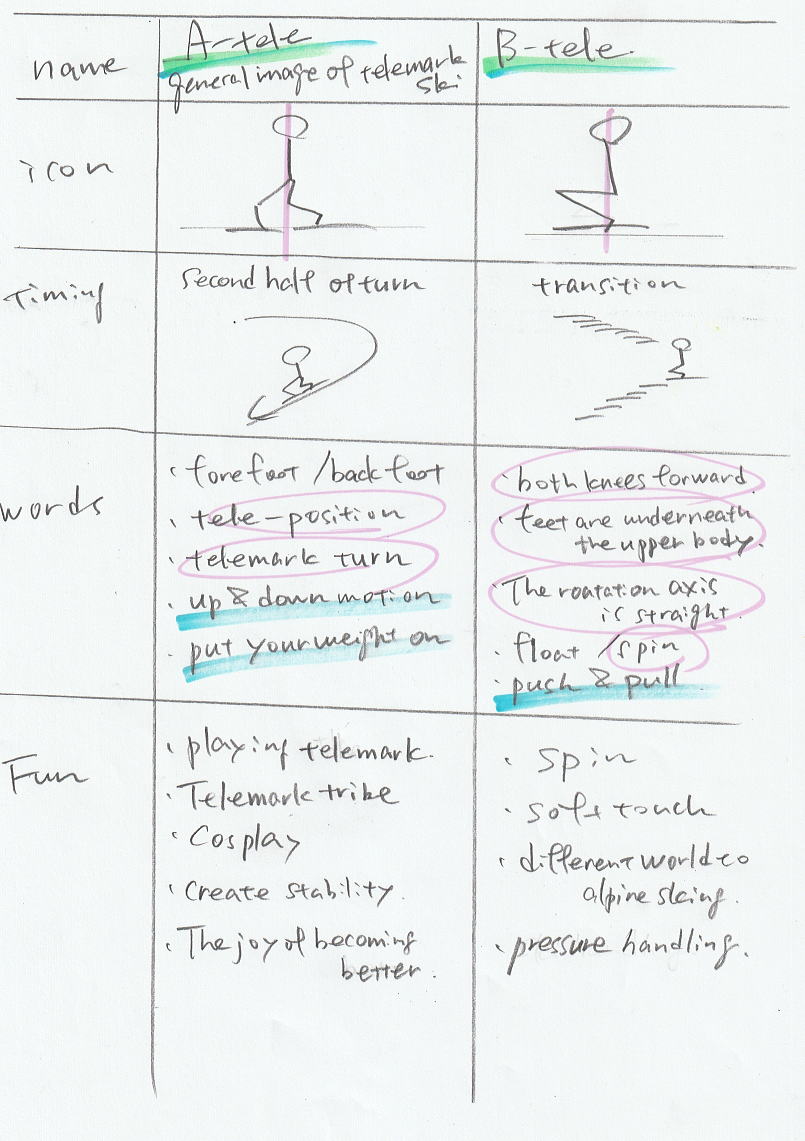 |
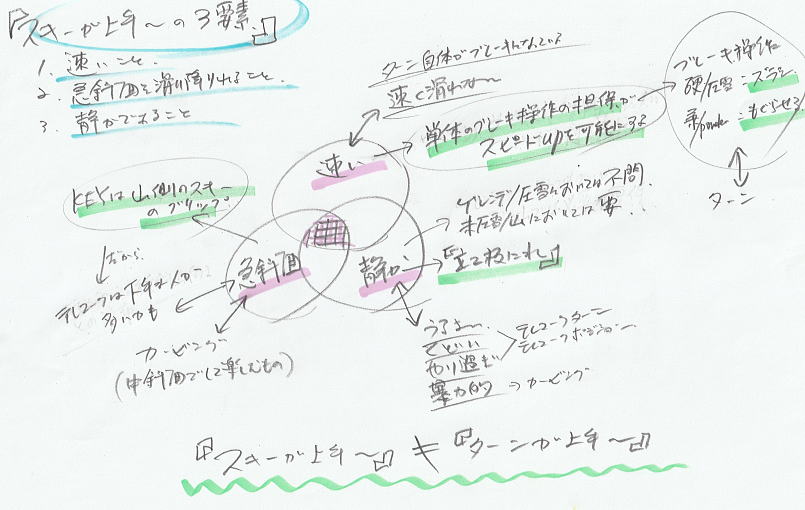 |
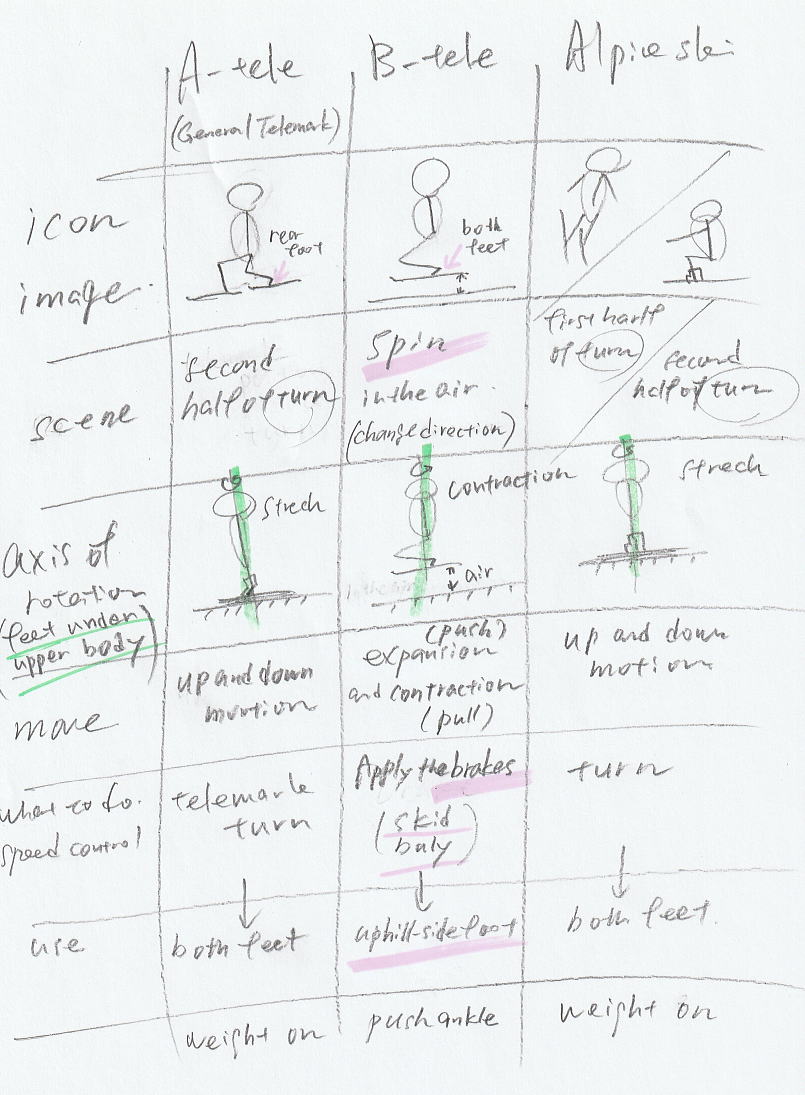 |
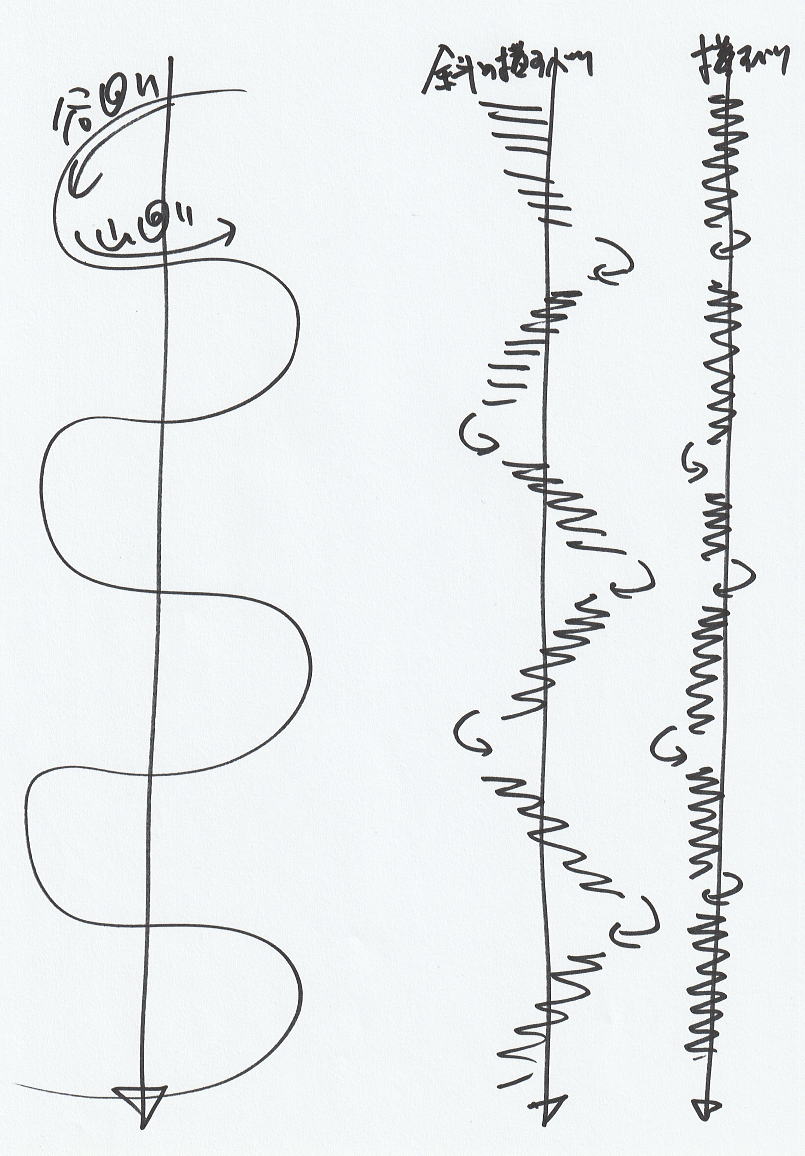 |
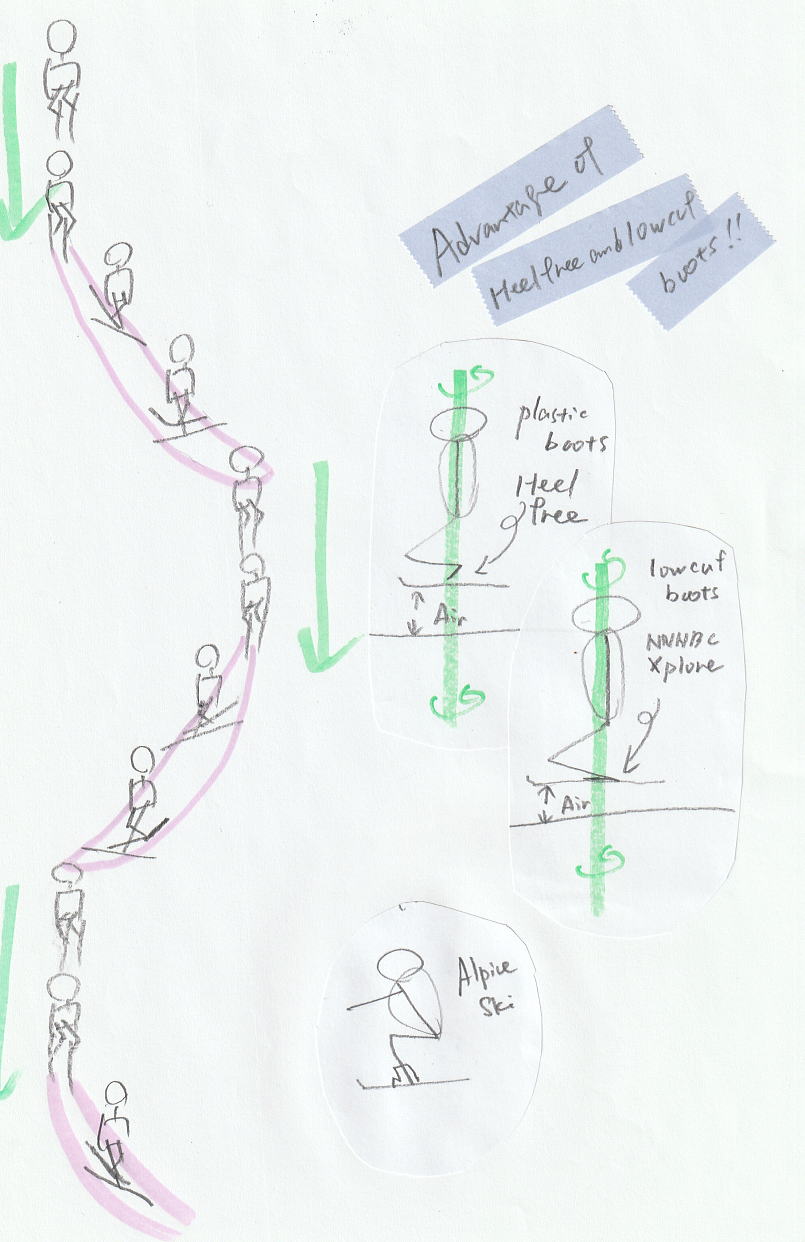 |
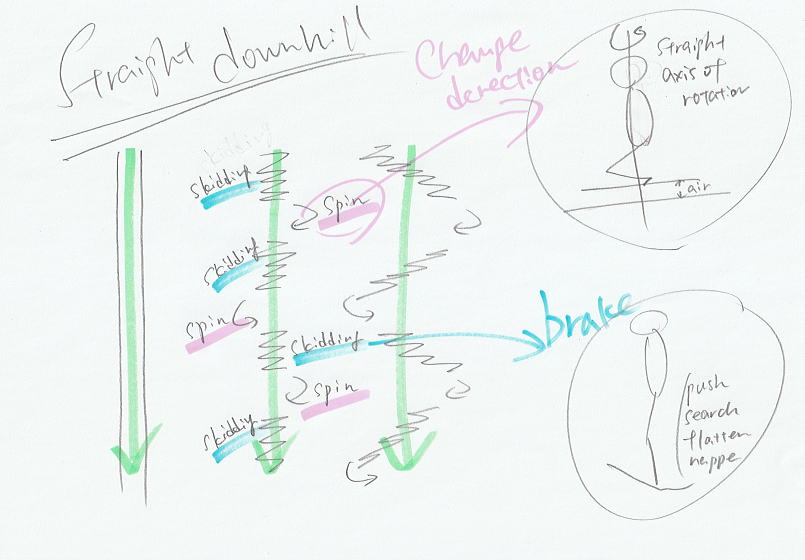 |
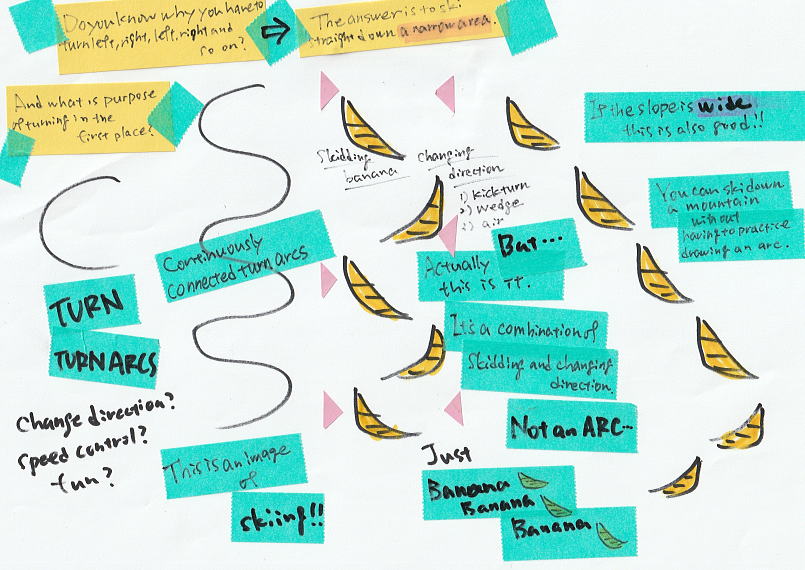 |
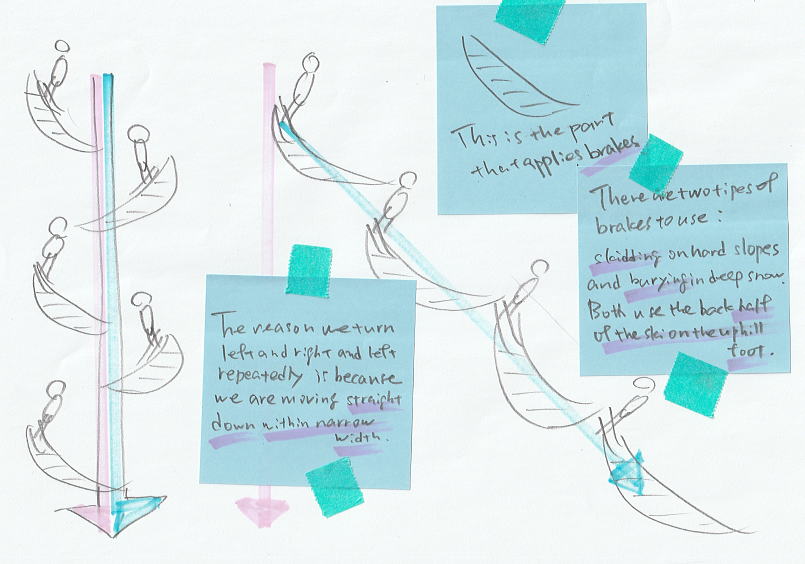 |
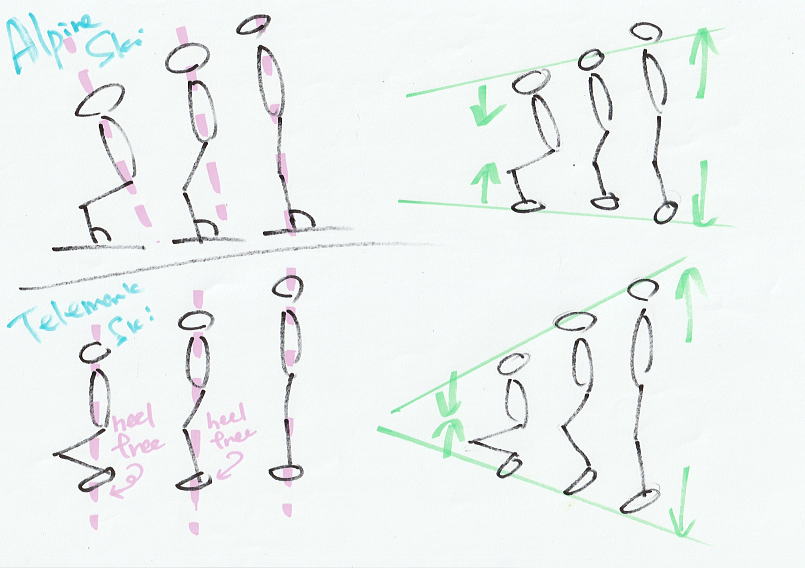 |
 |
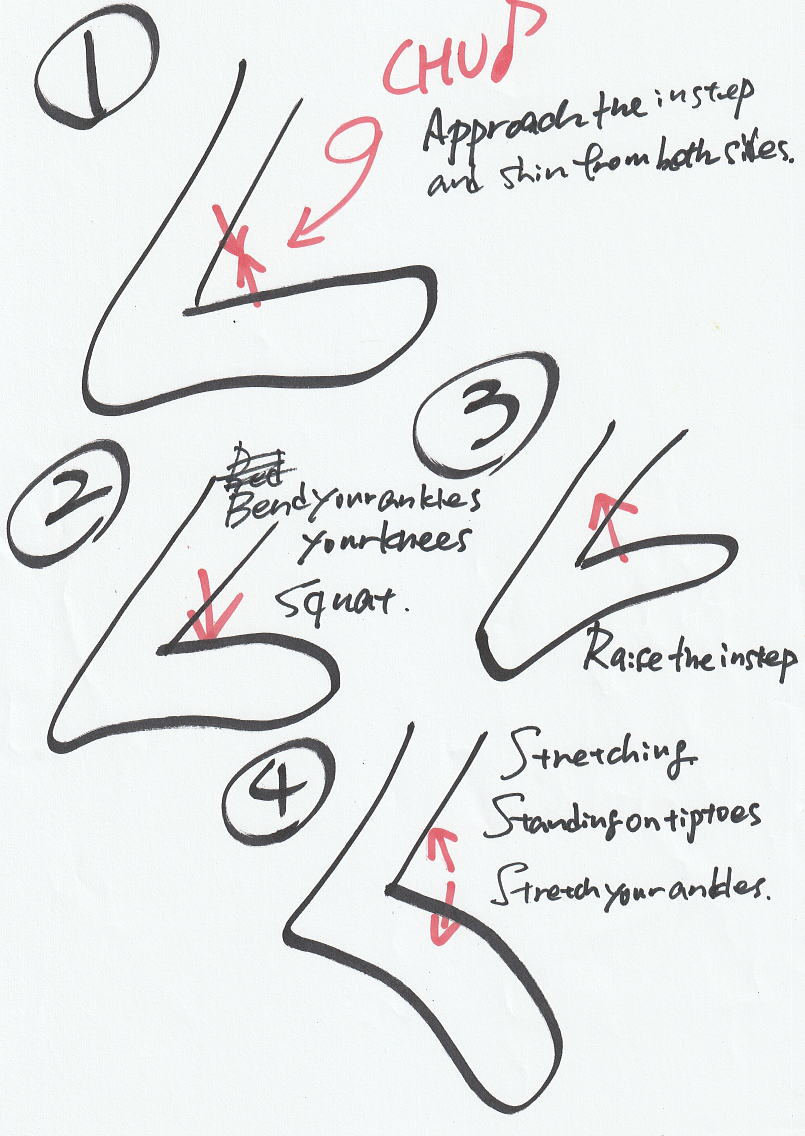 |
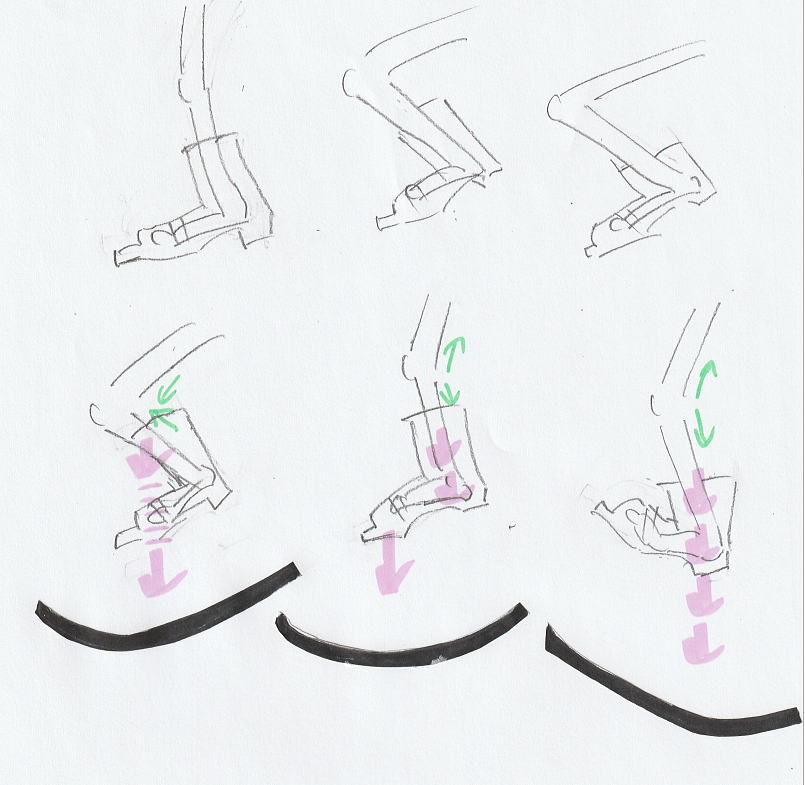 |
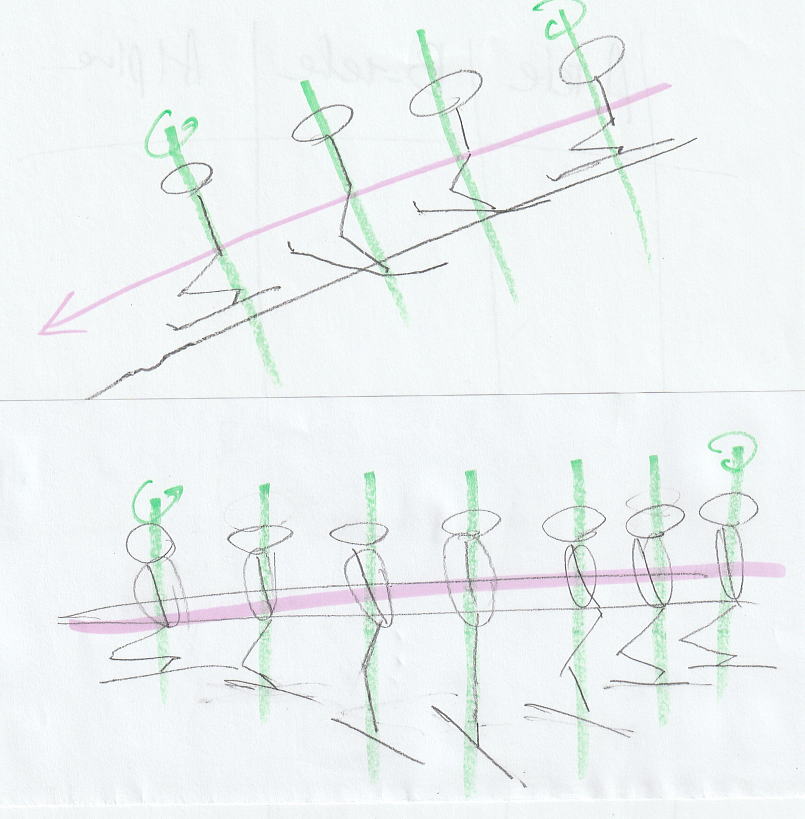 |
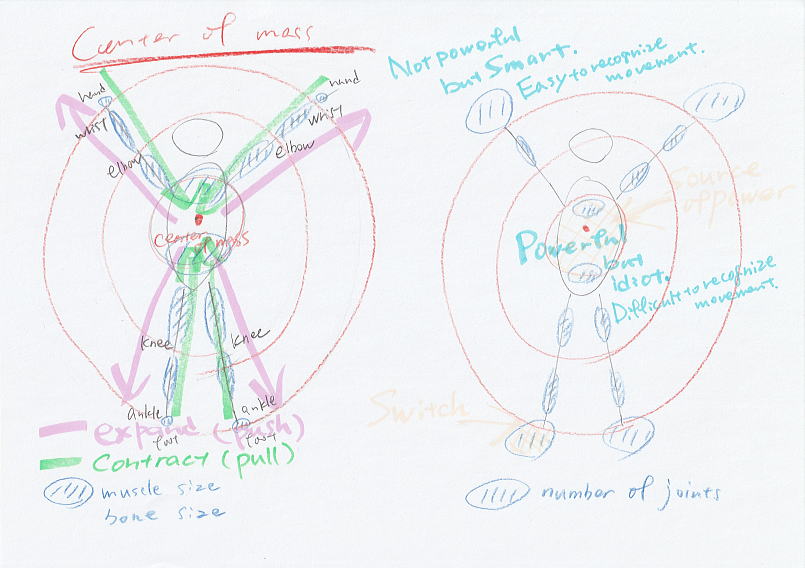 |

|

|

|

|

|

|

|

|

|

|

|

|

|

|

|




























